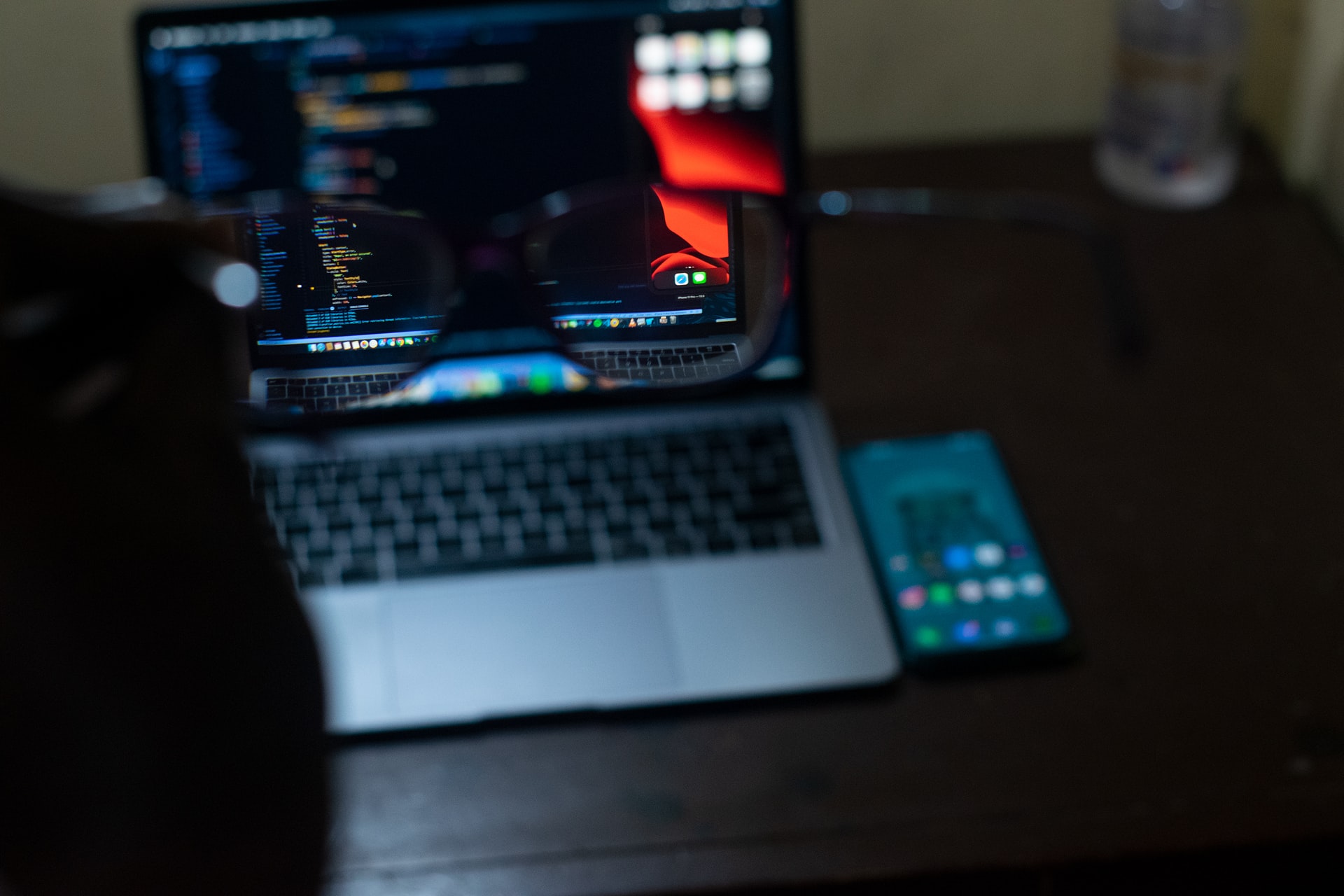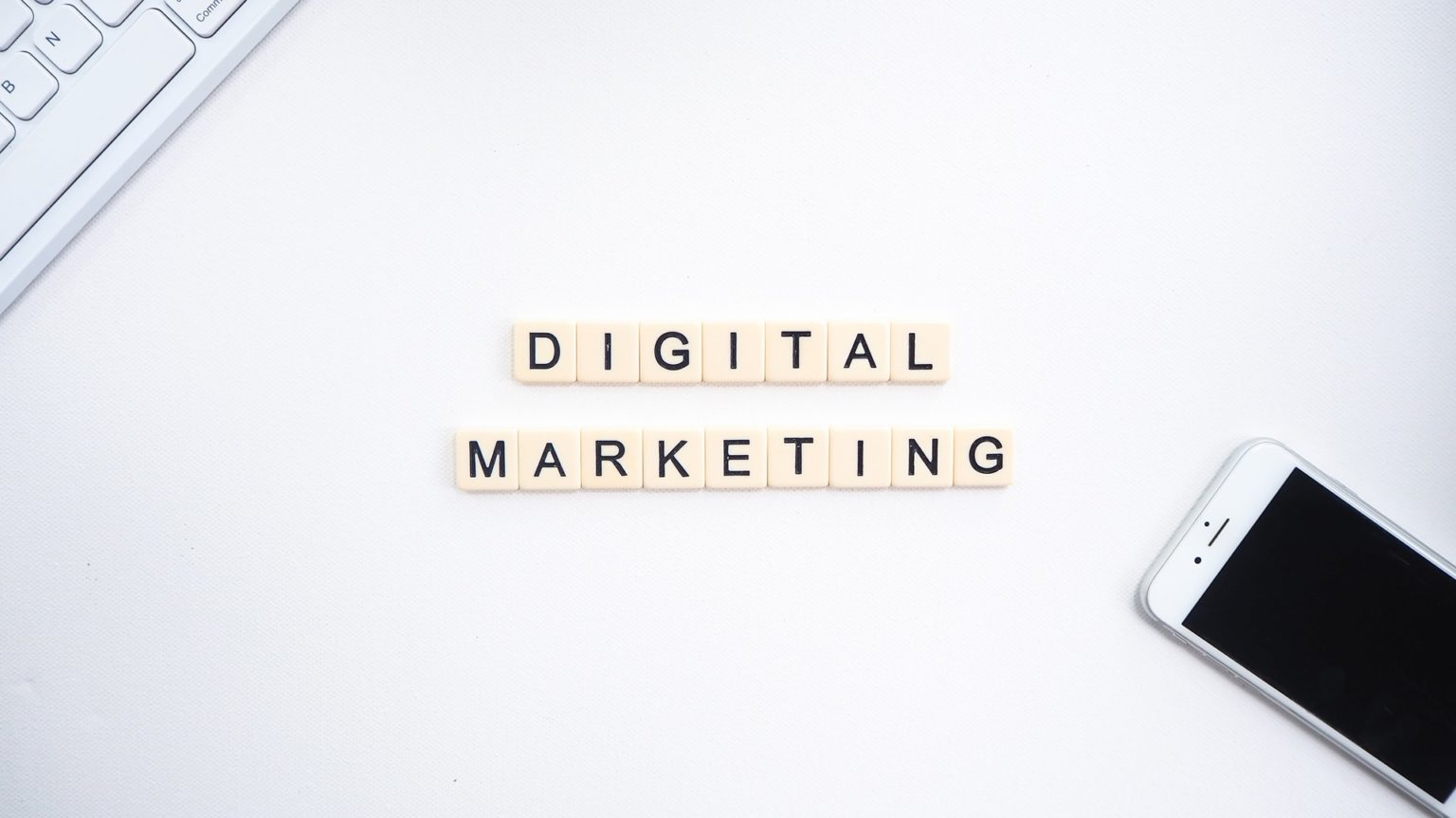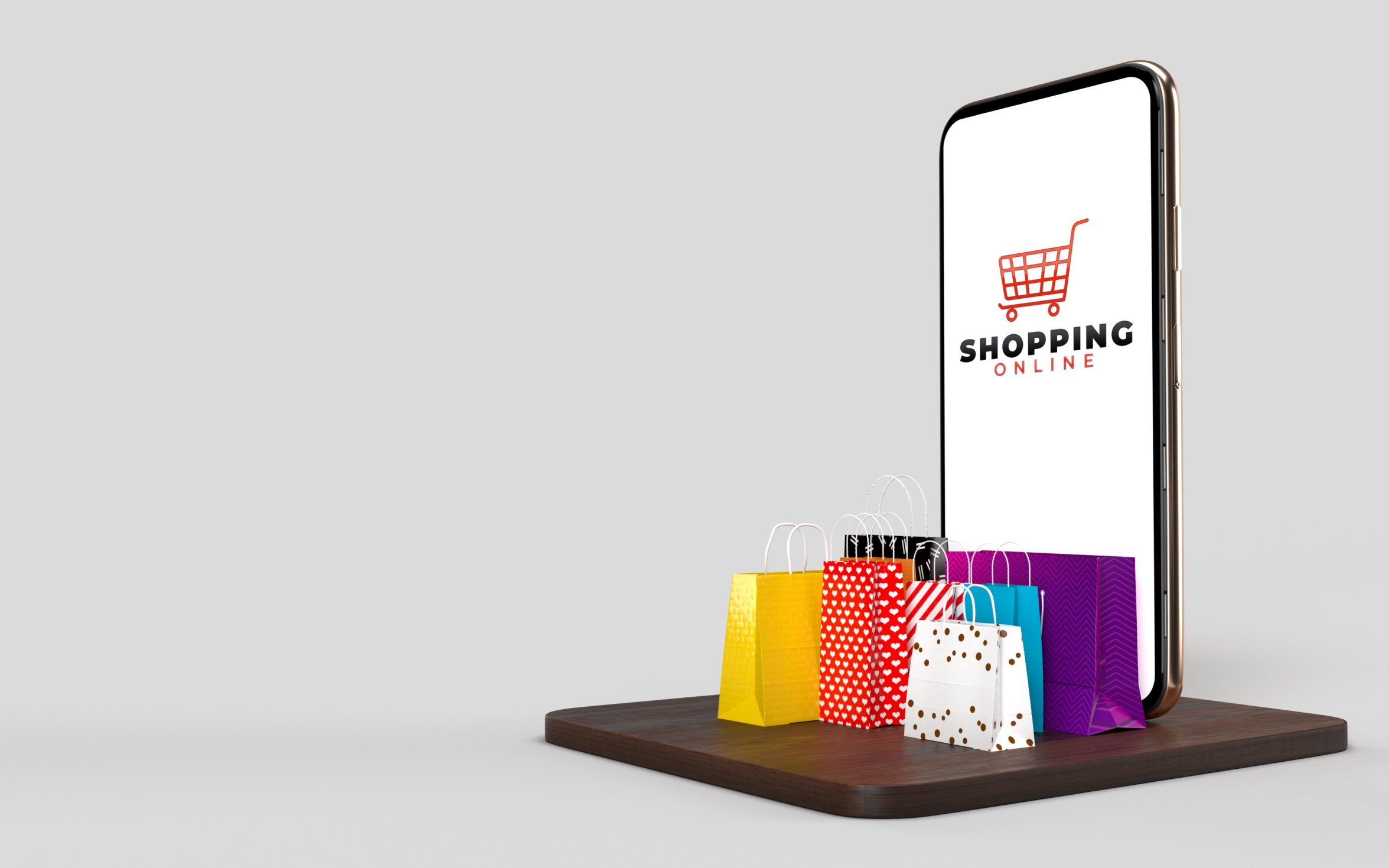How to Budget for a Mobile App Development Project
Fri, 10 Dec 2021
When it comes to
large-scale investments like mobile app development, money is frequently one of
the most critical determining factors in whether or not a project gets the
"green light." However, mobile app development, like many large-scale
investments, is much customized, so there is no one-size-fits-all pricing. It
all relies on the features and functions you want your app to provide.
A budget is frequently
required when organizations are sourcing suppliers for an app development
project in order to acquire appropriate vendor bids. Two major elements
influence the cost of mobile app development, just as they do in any other
business: material costs (function and features) and human costs. The cost of
features in apps is dictated by the platform and goal, what users can do with
the app, and the quality of the user interface.
At this point, the cost
of labor is determined by your chosen development company's claims of
experienced developers and designers, as well as the number of specialists
required to execute your project on schedule. The more features you want, the
more talent and resources you'll require.
So, how do you go about
making that budget? Furthermore, how can you ensure that your clients have a
pleasant mobile experience if you have a limited budget? This article will go
over what aspects are important to consider when creating a budget, where you
may save money, and how to do it successfully so that you don't endanger your
success.
Consider the following
factors when putting together a budget for mobile app development:
Know what you want to build before you start.
Before you develop a
budget for your possible app, you'll need to settle on its feature set, project
schedules, and the services you'll need. Setting specific goals is the best
approach to go about it.
The following is a collection of questions that will
assist you in establishing clearly defined objectives:
·
Who do you want
to reach out to? Who are you expecting to utilize your app?
·
Who are your
main rivals?
·
What are the
benefits of having your customers download and utilize your app? What is your
mobile app's unique selling proposition?
·
With your mobile
app, what problem are you attempting to solve?
·
What specific
functions should your mobile app have?
What are your goals for the short term (roughly a
week) and the long term (3-6 months)?
·
You should learn
the following things from the checklist:
·
A target
audience, as well as your rivals, were polled.
·
A list of your
app's must-have features and functions
·
A well-thought-out
monetization plan
·
What's the
difference between design and discovery?
Set aside extra funds to cover unanticipated
expenses.
Generally, developer
hours are more expensive than designer and QA hours. It's crucial to know how
many hours will go into each stage of development before you create a budget.
To acquire a precise sense of your budget, set aside a budget for development,
deployment, publishing, integration, testing, and quality control. It's
generally a good idea to leave a little room for error when working with numbers.
Also, keep in mind
that, while some development businesses' fixed-price models appear to be
reasonable, they don't provide much room for customization unless you agree to
pay extra for such customizations.
Selection of Features and
Functions
Each new function or
feature you add to your app will have an impact on the final price. Sticking to
your budget will be easier if you keep the number of features to a minimum
while yet providing excellent functionality to your users. It's critical to
prioritize each feature based on customer requirements. A video platform, for
example, requires an app like Netflix to provide a live-streaming option.
Although it is an expensive feature to add, it is critical to the consumers'
functionality. Gateway integrations take a lot of coding and money, but if
you're building e-commerce software, you can't afford to skip this step. As a
result, we propose that you seek advice and experience from the development and
design teams to fully comprehend the resources and costs of each feature.
Choose a Platform
With iOS and Android
accounting for 97 percent of the worldwide mobile market, developing and
releasing apps for both platforms is the best strategy. However, you may not be
able to build for two OSs at the same time due to constraints such as time,
budget, and resources. Instead, you could want to try launching on one platform
first, then adding a second platform later.
Companies in this
position should collect target audience research data to determine which
platform the majority of their clients utilize when setting a budget for their
mobile app development project. You can easily determine which platform to
pursue first once you have this information.
There's nothing about
developing for iOS or Android that makes one more expensive than the other.
Keep in mind, however, that if you want to support a big number of devices and
OS versions, apps will need more time and resources, resulting in greater
expenses. The cost of development will be similar if the scope is more aligned
with supporting an equal number of devices and OS versions on iOS and Android.
Consider creating a minimum viable product (MVP)
first.
If the major features
of your mobile app exceed your intended budget, don't rush into developing a
full-fledged app from the start. Begin with a bare-bones product (MVP). This
enables you to collect vital user input from early adopters, evaluate your idea
with real users, analyze audience demand, and approach investors for money to
construct the full-fledged software.
Simply said, it allows
you to avoid investing a large sum of money upfront, which may or may not
result in a quantifiable return on investment.
How Design Thinking Can Assist You in Budgeting
Clear bridge Mobile
provides design thinking workshops to help you identify product goals and
business outcomes, prioritize product features and figure out what should be
put into your Minimum Viable Product. The groundwork for mobile app development
is laid out in these sessions, which include important product features, user
journeys, wireframes, mock-ups, and a clickable app prototype. More
significantly, these workshops give you the knowledge you need to create and
plan an accurate budget. Knowing your target, what features you need, and what
platforms you want to be on are all aspects of budget planning, as indicated in
the preceding considerations, and having the answers to these questions is
vital.
Last Thoughts
While there are many
more factors to consider when building a budget than those listed above, they
are frequently the ones that have the most impact on your overall cost.
Remember to maintain track of overall spending as well as detailed information
of where the budget is going once you've reached an agreement on a budget. As
your project proceeds, it's a good idea to keep an eye on your budget to verify
that money is being spent wisely and that you have a working app on schedule
and on budget.
POPULAR POSTS
The Difference between Digital Marketing and Advertising
Wed, 07 Apr 2021How Chatbot Development Is Transforming Customer Service
Thu, 06 May 2021Why UX And UI Is Important For Mobile Application Development
Sat, 01 May 2021Top Hosted Ecommerce Platforms of 2020
Wed, 07 Apr 2021RECENT POSTS
The cost of launching a Shopify-powered e-commerce site
Fri, 24 Dec 2021Telemedicine's Advantages in Nursing Homes
Fri, 24 Dec 2021NodeJS vs. Laravel which one should you choose in 2021?
Thu, 23 Dec 2021









